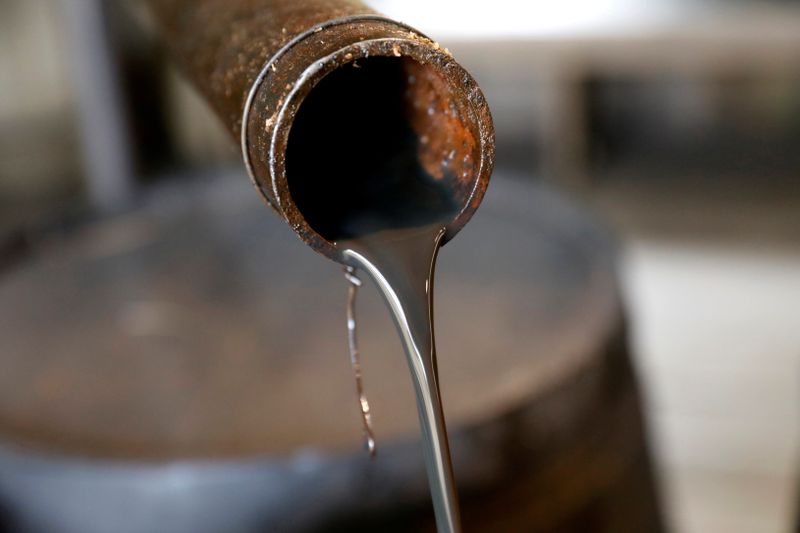By Yuka Obayashi
TOKYO (Reuters) - Oil prices edged higher on Friday, hovering near 11-month highs hit the previous day, as Saudi Arabia's pledge to make voluntary cuts to its output continued to buoy the mood in the market though worries over slower fuel demand capped gains.
Brent crude climbed 2 cents to $54.40 a barrel by 0122 GMT, after closing slightly higher the previous day. It touched $54.90 on Thursday, the highest since February.
U.S. West Texas Intermediate (WTI) also gained 2 cents to $50.85 a barrel. The contract closed up 0.4% on Thursday after also hitting its highest since February at $51.28.
Both benchmarks are on track for gains of about 5% for this week.
"Oil markets are expected to stay in a bullish tone toward February on the back of Saudi's surprise promise to cut production," said Kazuhiko Saito, chief analyst at commodities broker Fujitomi Co.
Earlier this week Saudi Arabia, the world's biggest oil exporter, said it would cut output by an additional 1 million barrels per day (bpd) in February and March.
On Thursday, seven North Sea crude cargoes were bought and sold in the trading window operated by Platts, a record amount that trade sources said may reflect tighter supply after the surprise cut.
"But concerns over slower demand in gasoline and other fuels in the United States and other parts of the world due to wider restrictions to contain spreading COVID-19 pandemic may limit gains," said Fujitomi analyst Saito.
The raging pandemic claimed its highest U.S. death toll yet, killing more than 4,000 people in a single day, while China reported the biggest rise in daily cases in more than five months.
U.S. fuel inventories rose last week, with gasoline stocks increasing by 4.5 million barrels, the biggest increase since April, the Energy Information Administration said on Wednesday.

Still, the broadly upbeat mood in global equities, led by Wall Street which hit record highs on Thursday, lent support to oil prices as markets bet a new Democrat-controlled government would lead to heavy spending and borrowing to support the U.S. economic recovery.